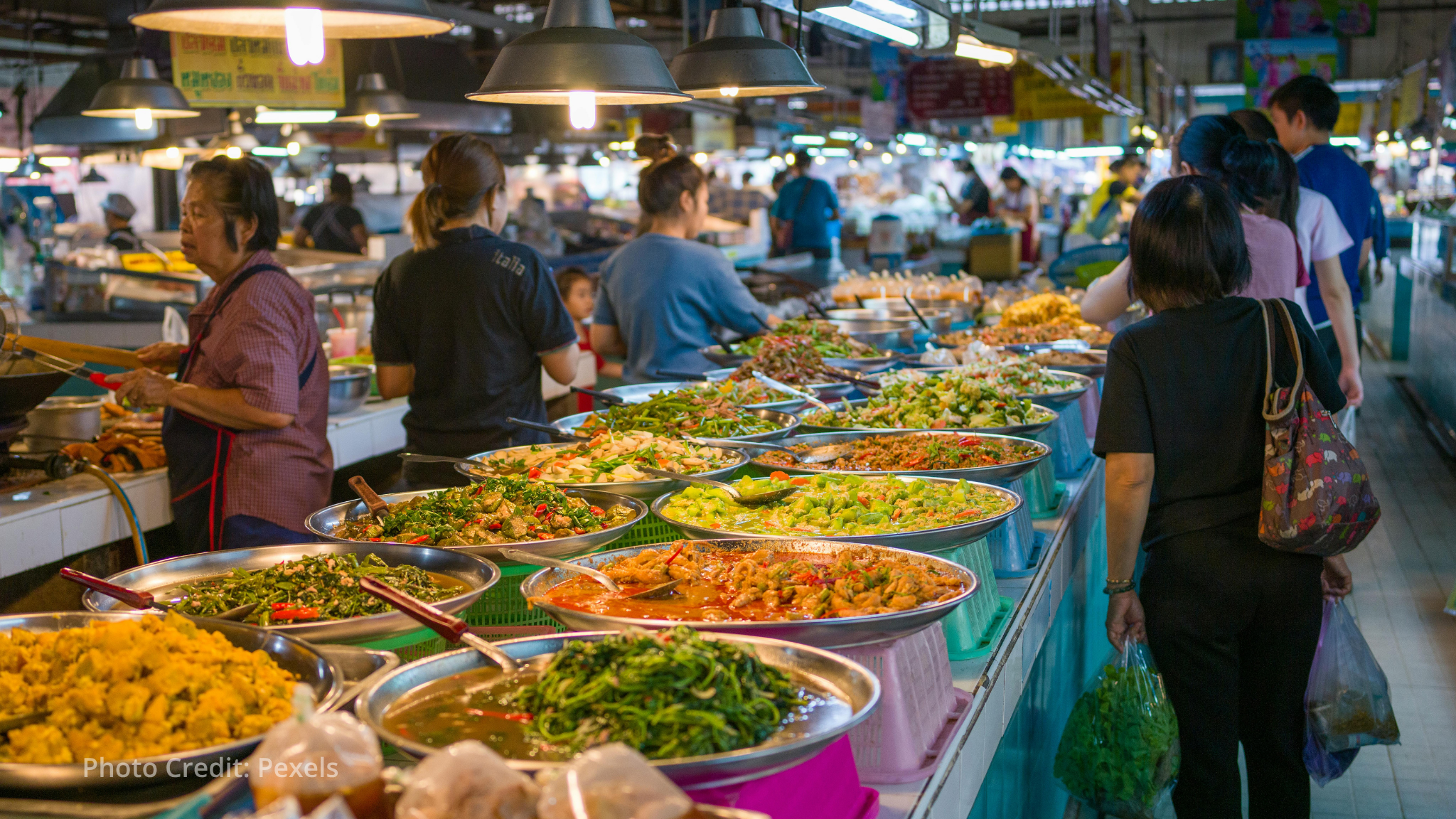Global food prices dropped slightly in September as sugar and dairy costs fell, while meat prices hit a new record high, the UN Food and Agriculture Organization (FAO) reported. The FAO Food Price Index averaged 128.8 points in September, down from 129.7 points in August but still 3.4% higher than a year ago. Sugar prices fell to their lowest level since March 2021 after Brazil produced more than expected and India and Thailand showed good harvest prospects. Dairy prices also declined as butter demand weakened and milk powder faced softer international demand. But meat prices climbed to an all-time high, driven by strong US demand for beef imports and limited domestic supplies.
The monthly index tracks international prices for globally traded food commodities and serves as a key indicator for food security planning worldwide. Humanitarian organizations and policymakers watch these numbers closely because food price spikes can trigger social unrest and worsen hunger in vulnerable regions. The mixed results in September show how different commodity markets are moving in opposite directions based on supply and demand factors specific to each sector.
Cereal prices fell across the board in September. Wheat prices dropped for the third straight month as major producers reported large harvests and international demand stayed weak. Corn prices also declined after Argentina temporarily suspended grain export taxes and forecasts showed abundant supplies ahead. Rice prices fell as buyers in the Philippines and Africa reduced their purchase orders. Vegetable oil prices edged down as palm oil stocks remained high in Malaysia and Argentina had plenty of soybean oil to export.
FAO also released new forecasts showing global cereal production could reach 2.97 billion tonnes in 2025, up 3.8% from last year and marking the biggest annual growth since 2013. The agency expects higher wheat production in Australia, more corn in the United States, and increased rice output in India. World cereal stocks are projected to expand to 900.2 million tonnes by 2026, with rice reserves possibly hitting a record high. The comfortable supply outlook should help keep grain prices stable despite ongoing global uncertainties.
The data comes as many countries still struggle with food affordability after years of price volatility linked to the pandemic, climate shocks, and geopolitical tensions. While the slight September decline offers some relief, prices remain well above historical averages. International cereal trade is expected to grow 2.5% this year, driven mainly by wheat exports, while rice trade may decline as Asian and African countries rely more on good local harvests.

